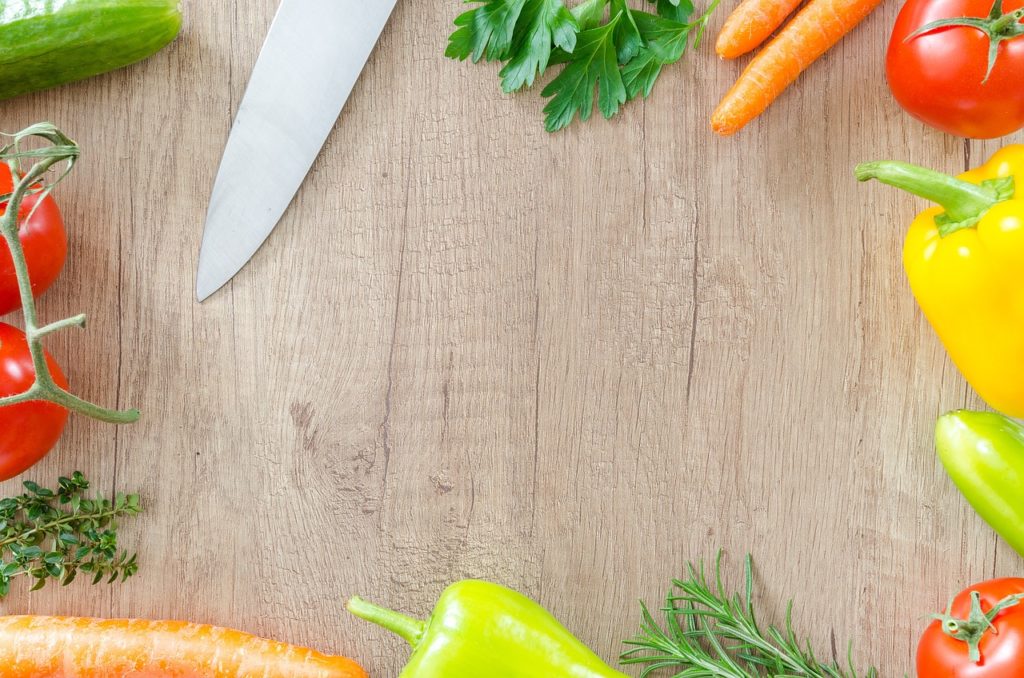Food trading is a fascinating industry that involves the buying, selling, and distribution of food products from farm to table. Whether you’re a farmer, food processor, distributor, or consumer, understanding the world of food trading is essential to ensure that you’re getting the best quality food products. In this article, we’ll explore the ins and outs of food trading and how it impacts our daily lives.
What is Food Trading?
Food trading is the process of buying, selling, and distributing food products from the source to the end consumer. This includes everything from raw materials like fruits, vegetables, grains, and livestock to processed foods like bread, cheese, and chocolate. Food trading also involves a range of activities, such as logistics, quality control, and price negotiation.
Types of Food Trading
There are several types of food trading that occur at different stages of the supply chain. These include:
- Commodity Trading: This involves the trading of raw materials like wheat, corn, soybeans, and sugar, among others. Commodity trading is done in bulk and is usually carried out by large companies.
- Food Processing: This involves the buying of raw materials and processing them into finished products. Examples of food processing companies include Nestle, Unilever, and Kraft Foods.
- Wholesale Trading: This involves the buying and selling of food products in bulk. Wholesale traders usually deal with retailers, restaurants, and food processors.
- Retail Trading: This involves the buying and selling of food products to the end consumer. Retail traders usually operate grocery stores, supermarkets, and convenience stores.
The Process of Food Trading
The process of food trading varies depending on the type of trading involved. However, here are the general steps involved in food trading:
- Sourcing: The first step in food trading is to source the product. This involves identifying the source of the product, such as a farmer, processor, or supplier.
- Quality Control: The next step is to ensure that the product meets the required quality standards. This involves testing the product for freshness, taste, and safety.
- Price Negotiation: Once the product has been sourced and tested, the next step is to negotiate the price. This involves determining the fair market value of the product and negotiating with the supplier or buyer.
- Logistics: The final step in food trading is to ensure that the product is transported to its intended destination. This involves arranging for transportation, such as trucks, ships, or planes, and ensuring that the product arrives on time and in good condition.
Challenges in Food Trading
Food trading is a complex industry that is faced with several challenges. Some of the most common challenges include:
- Price Volatility: Food prices can be volatile, which makes it difficult to determine the fair market value of the product.
- Quality Control: Ensuring that food products meet the required quality standards can be challenging, especially when dealing with perishable goods.
- Transportation: Transporting food products can be challenging, especially when dealing with fresh produce that requires specific temperature and humidity conditions.
- Regulations: The food industry is heavily regulated, which means that food traders need to be familiar with the various regulations and compliance requirements.
Conclusion
Food trading is a vital industry that connects farmers, processors, distributors, and consumers. From commodity trading to retail trading, understanding the world of food trading is essential to ensure that you’re getting the best quality food products. This article has provided you with an overview of the types of food trading, the process of food trading, and the challenges involved. Whether you’re a food industry professional or a consumer, understanding the world of food trading is crucial to ensure that you’re getting the best quality food products from farm to table.

